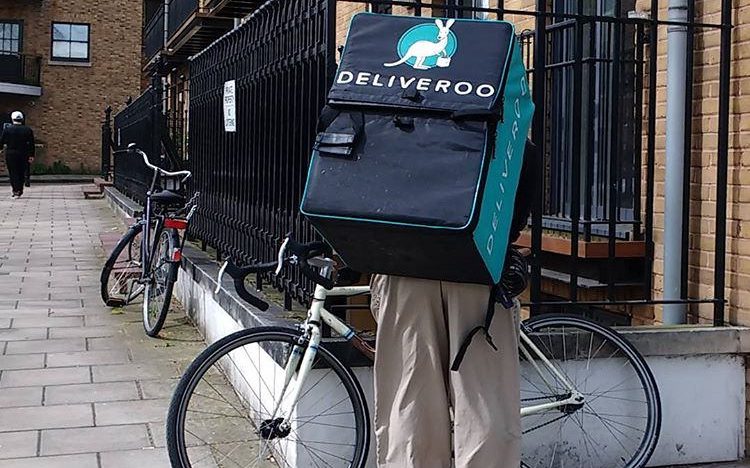
The gig economy has garnered heavy criticism since it became an integral part of the world of work over the past decade or so. On the one hand it has been credited with providing flexible work for millions of people unable or unwilling to secure full time employment. On the other hand, it has been likened to a modern form of slavery, with the tech giants as the masters of an online version of Victorian workhouses.
What is the gig economy?
According to the Oxford English Dictionary, the gig economy is: “A labour market characterised by the prevalence of short-term contracts or freelance work as opposed to permanent jobs.” Zero hours contracts – under which workers or employees are hired by companies but do not have any guaranteed or set hours – are often used in the gig economy. The more contentious types of contracts are between companies and individuals who need to hold themselves out as being ‘self employed’ in order to be eligible to apply for the work offered under the contract.
But the gig economy is not simply characterised by the lack of permanent contracts. Another significant aspect is the use of technology to recruit and manage gig economy workers, as well as to facilitate their interaction with customers. Algorithms often monitor the overall performance of services provided under gig economy contracts. What this all means is that time spent managing staff is minimised, leading to larger profits and commoditising workers who, due to the lack of any job security, are easily expendable.
Although the numbers of gig economy workers at any one time is hard to quantify, a study by the TUC in 2019 estimated that there are around 4.7 million people in the UK working in the gig economy.
Uberisation of jobs
The gig economy is perhaps best exemplified by Uber. For those who have never Ubered (yes, on a par with Google, it has acquired verb status), Uber Technologies Inc is essentially a Silicon Valley software company which has monopolised taxi services around the world without owning a single taxi. It uses apps and algorithms to manage the bulk of its operations:
- Customer app. This allows users to hail rides by connecting to their GPS and selecting an Uber closest to their location. It also allows them to make a payment and provide a review.
- Driver app. Most Uber drivers are self employed and use their own vehicles. They are provided with jobs via the app which they can decide to accept or decline (but if they decline jobs this can reduce future availability and/or quality of work).
- Algorithms. Each Uber driver is assessed by algorithms which consider various factors, notably reviews and efficiency. These will automatically determine which jobs are offered (or indeed if any work will be offered at all).
The way Uber works is effectively a closed loop ecosystem, which theoretically dispenses with the need for human managers. Software can do the bulk of recruiting, managing and firing Uber drivers. This is the gig economy in full flow.
How is the gig economy regulated?
One of the primary aims of the 2017 Taylor Review was to ascertain the challenges posed by the gig economy and provide recommendations to tackle these. But, although new legislation was subsequently created, it was criticised as failing to create an effective regulatory framework and not extending employment rights to gig economy workers.
Regulation in California, the home of the gig economy – and where there are an estimated one million gig economy workers, appears to be far more robust. A new law known as AB5, which came into force on 1 January 2020, implemented a three-part test to determine whether workers are properly classified as independent contractors, under which they must:
- be free from the company’s control;
- do work that isn’t central to the company’s business; and
- have an independent business in that industry.
In response to AB5, Uber stopped penalising its drivers for rejecting ride requests. However, the state of California decided that this response did not go far enough and is taking legal action against Uber, as well as rival Lyft, for misclassifying their drivers as independent contractors, in breach of AB5. A judge initially granted an emergency injunction, requiring the companies to provide employment rights to their drivers, but it has been granted a reprieve pending court hearings in October 2020.
Meanwhile, Uber in the UK is currently awaiting a Supreme Court ruling which could lead to drivers being reclassified as “workers” – a potentially serious blow to the whole gig economy model, especially if there’s a double whammy from both sides of the Atlantic. Quite separately, Uber has just succeeded in fending off a licensing ban in London.
Alex Heshmaty is technology editor for the Newsletter. Email alex@legalwords.co.uk.
Image cc by Mosieur J on Flickr.